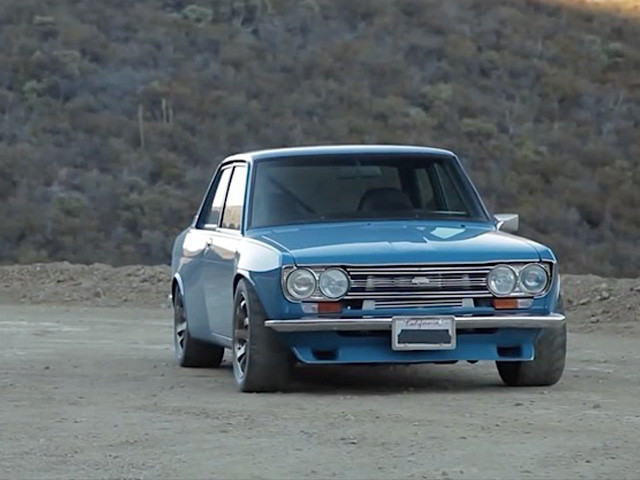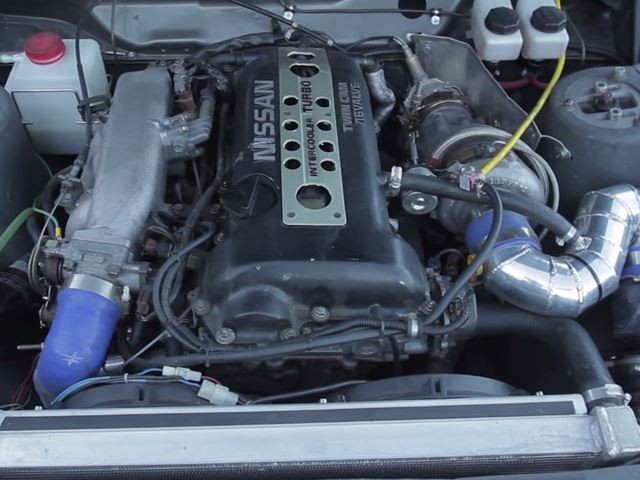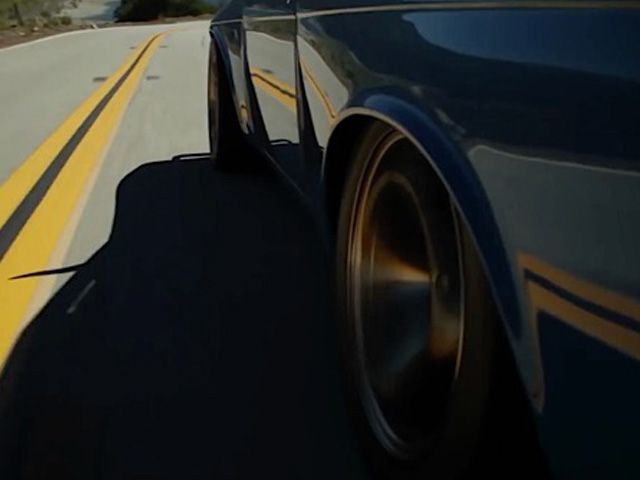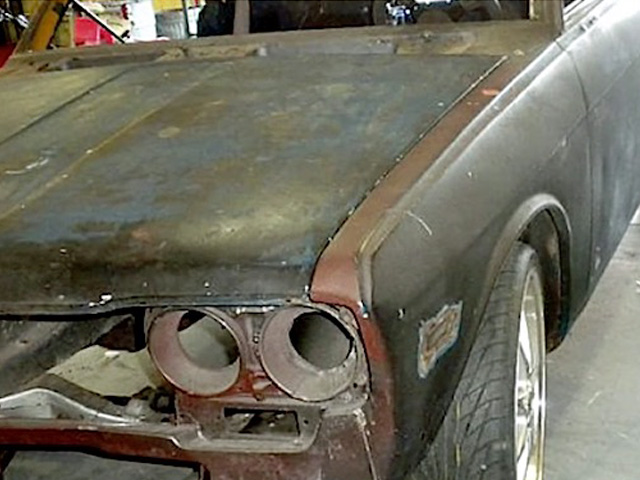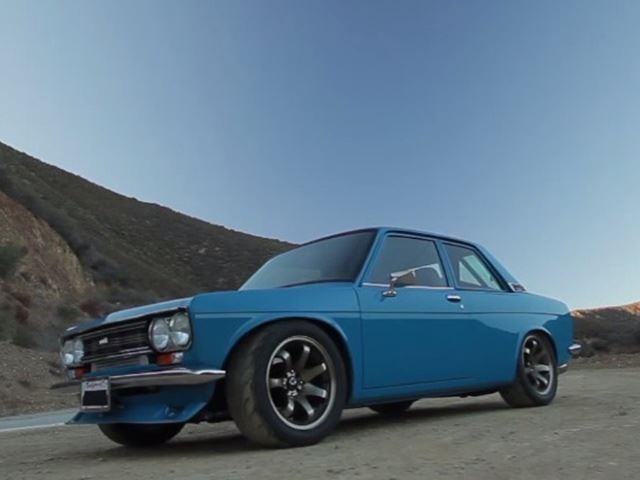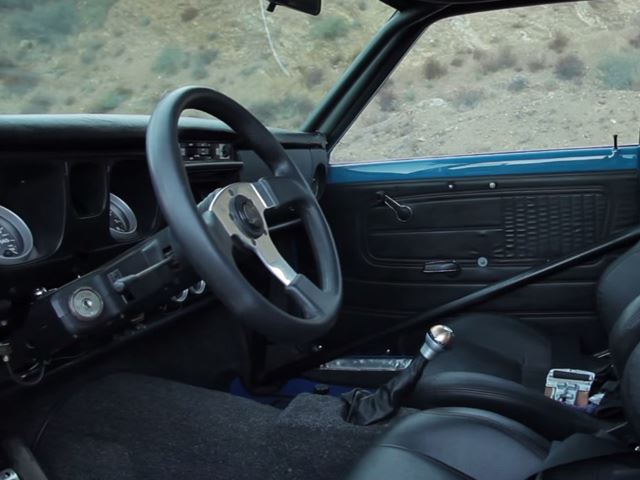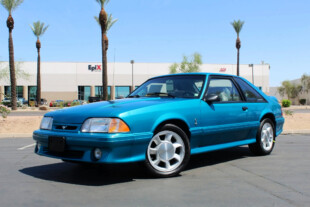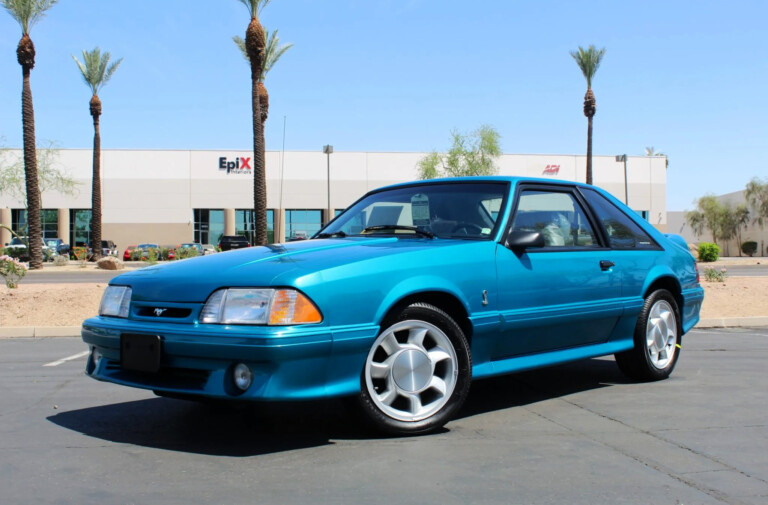Even though technology constantly improving, we shouldn’t forget to look back and pay homage to the past every once in a while. In the world of cars that means focusing on the old school. Matt Farah, host of /TUNED, a specialty show on /DRIVE, did just that when he featured Rick O’Donnell’s garage-built and tuned 1972 Datsun 510.
“I saw this 510 and I immediately had to drive it,” Farah said. “It’s just incredible.”
Moreover, Farah compared the 510 to a BMW E30 3-Series. Drawing similarities, both cars are lightweight, rear-wheel drive, and are capable of retrofitting other engines on the market under the hood.
“Because it’s 40 years old, nothing has any power,” said Farah.
Cars today have several supporting component systems that power features such as windows, door locks, steering and hydraulic clutch. This particular 510 has none of the above said features.
As Farah mentioned, “It’s just you, three pedals and the road.”
This 510 is powered by a Garrett turbocharged SR20DET engine mated to a five-speed manual transmission. To make note of, stock Datsun 510s only produced 96 horsepower from its L16 1.6-liter inline-four cylinder engine.
O’Donnell’s 510 produces an estimated four times that with his setup. Not to mention the car only weighs 2,390 pounds.
“I had a friend that took me for a ride in one that scared the crap out of me,” O’Donnell said. “I’ve wanted one ever since.”
Originally built to be a beater track car, O’Donnell had a clean slate when it came to the engine… it had no motor or transmission when he bought it.
With all the power the stout SR20DET produces, O’Donnell had to flare the fenders to fit wider tires to gain more traction. There have been a multitude of gaudy, sloppy, and downright ruinous fender flares slapped on Dimes of this era, and all manner of old schooler. O’Donnell’s flare job is outstanding. It accommodates the big rollers without upsetting the proportions of the car. The 510 looks mean without going over the top.
With a healthy following, Datsun 510s are sought after by enthusiasts in the United States, New Zealand and Australia for its universal adaptability and plentiful tuning options.
Will the sophistication of car technology ever take a step back to its roots? What is clear is that if you’re enthusiast, electrical components are nothing more than a luxury to have.
Could you handle a car with no power steering, hydraulic clutch and no electrical components? Be sure to share your thoughts below.



